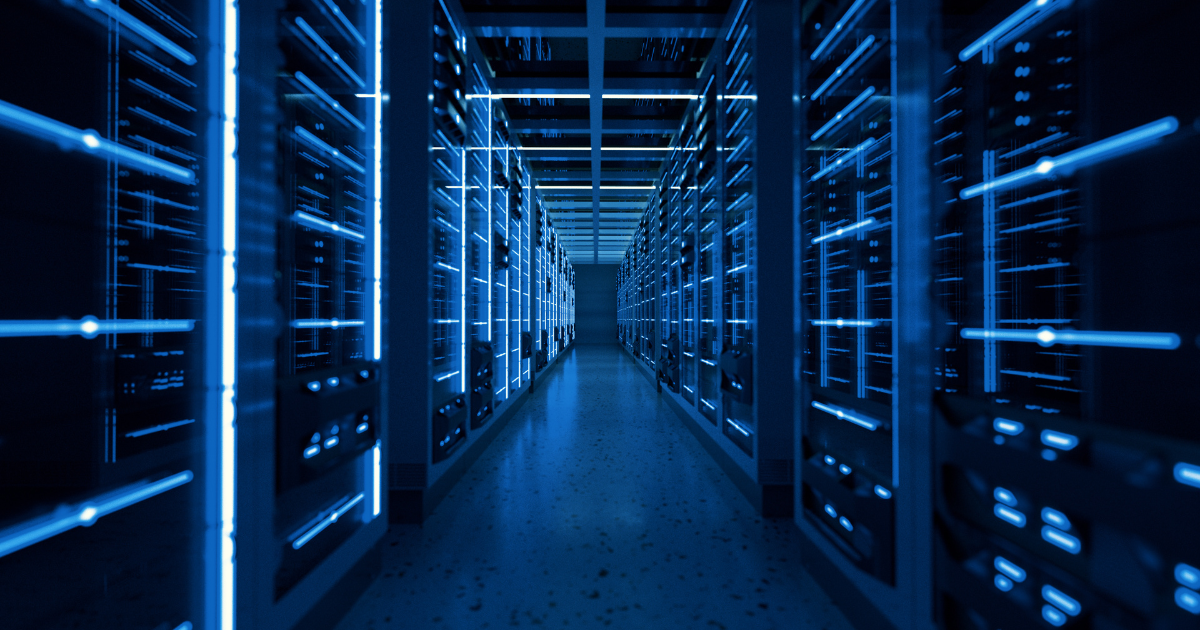Data Centre (DC) tiers are a system used to describe specific kinds of data centre infrastructure in a consistent way. Tier 1 is the simplest infrastructure, while Tier 4 is the most complex and has the most redundant components.
Tier 1 Data Centre
- Single power.
- Single cooling.
- No backup components such as communications and switches.
- It has an expected uptime of 99.671% which equates to 28.8 hours of downtime annually.
Tier 2 Data Centre
- Single power.
- Single cooling.
- Limited backup components such as communications and switches.
- It has an expected uptime of 99.741% which equates to 22 hours of downtime annually.
Tier 3 Data Centre
- Dual or multiple power sources.
- Dual or multiple cooling sources.
- The ability to update and maintain it without taking it offline.
- It has an expected uptime of 99.982% which equates to 1.6 hours of downtime annually.
Tier 4 Data Centre
- Dual or multiple power sources.
- Dual or multiple cooling sources.
- The ability to update and maintain it without taking it offline.
- Fault tolerant.
- It has an expected uptime of 99.995% which equates to 26.3 minutes of downtime annually.
Although most data centres in SA rely on electricity from a single Eskom sub-station, two independent feeds from two transformers within the substation, or supply from different national grids seem to be acceptable by the Uptime Institute, the global DC authority.
The Uptime Institute
The institute recognises that “many DC designs are custom endeavours, with complex design elements and multiple technology choices. As such, the Tier Classification System doesn’t prescribe specific technology or design criteria. It’s up to the DC owner to meet a Tier Level in a method that fits his or her infrastructure goals.”
Clearly, in the South African context, we don’t have access to multiple national power grids. The availability of onsite “private” sources of power generation, whether this be via diesel generators, solar generation, battery storage capacity or a combination of these, could be classified as an alternative source of power. If this is the case, this would satisfy the Tier 4 power requirement.
An interesting perspective is that “Uptime Institute’s Tier Topology standard has been created to assure any organisation can meet its required levels of business services by relying on a predictable level of performance in the DC. While power is one of the most critical resources used to operate any DC , the types of power utilised to operate that DC greatly influence the results achieved. With 20 years of incident data across more than 1000 DC’s to draw from, the Uptime Institute Tier Standard asserts that onsite power generation is the only source of reliable power. The high level of performance available from Tier certified DC’s stems from power distribution designs that rely only on this reliable power.”
Power supply is one aspect of the robustness of a data centre, uptime and fault tolerance is also dependant on the configuration of the “compute” i.e. the actual platform on which the data resides. To ensure Tier 4 levels of reliability, the platform must be extremely tolerant. It is not effective if the hardware within the data centre doesn’t match the redundancy of the data centre.
The IronTree infrastructure design encompasses full redundancy
For example, the IronTree infrastructure encompasses all of the following:
- Every single hardware component: compute, storage and network has fully redundant power supplies.
- Power delivery is also fully chain redundant utilising A+B Power. This means that each server is connected to two power distribution units, with each power distribution unit having a connection to a separate power feed and circuit board, essentially two completely separate power systems.
- The compute infrastructure is fully redundant utilising distributed compute High Availability (VMWare HA) spreading the load across multiple redundant hosts. If one host fails, another one takes over the compute needs.
- Shared storage utilising distributed RAID 6 arrays with all large amount of spare active I/O drives giving 99.99% availability.
- All the main storage controllers and storage paths to each individual drive are also active/standby redundant taking over the storage tasks instantaneously.
- SAN utilising dual SAN switches with dual paths from each compute hosts to 2x redundant storage controllers.
- Core L2 Network is setup with N+1 central utilising Ciscos Nexus VPC technology with each host/node having 2x active paths to core switching infrastructure.
- L3 routing and firewalls are fully N+1 active/standby redundant.
In summary, many DC designs in South Africa fulfil all of the above in one way or another. It’s ultimately up to us, as customers of the DC Provider, to make the decision to populate the provider’s infrastructure with our IT equipment based on the published tier classification, whether there are two power and water suppliers in the country or not.
All this information is important when you select a provider for your disaster recovery services.

